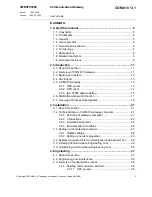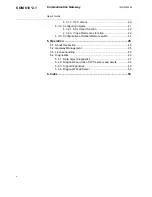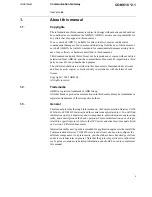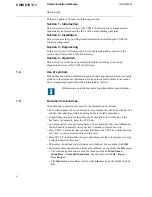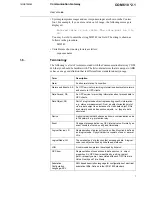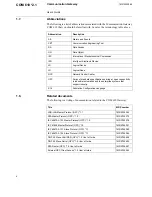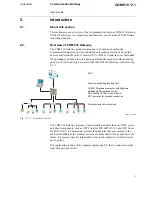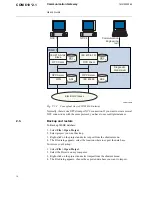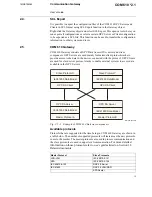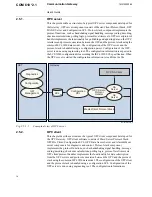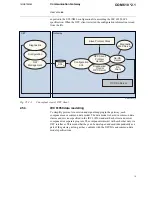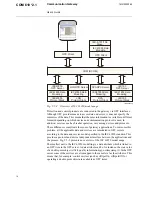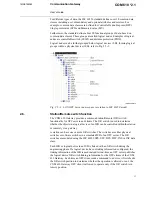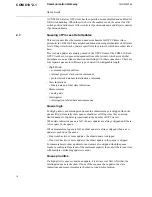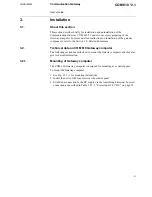
6
1MRS755385
Communication Gateway
User’s Guide
COM 610 *2.1
This user’s guide is divided into following sections:
Section 1 - Introduction
This section gives an overview of the COM 610 Gateway, its components and
functionality, and introduces the IEC 61850 data modelling principles.
Section 2 - Installation
This section provides you with general information on installing the COM 610
Gateway components.
Section 3 - Engineering
In this section you will find an overview of engineering tasks common to the
servers and clients of the COM 610 Gateway.
Section 4 - Operation
This section
covers the basic operation procedures (starting a client, using
diagnostic services) in the COM 610 Gateway.
1.4.
Use of symbols
This publication includes information symbol where appropriate to point out safety
related or other important information. It also point out useful hints to the reader.
The corresponding symbol should be interpreted as follows:
1.5.
Document conventions
The following conventions are used for the presentation of material:
• The words in names of screen elements (for example, the title in the title bar of a
window, the label for a field of a dialog box) are initially capitalized.
• Capital letters are used for the name of a keyboard key if it is labeled on the
keyboard. For example, press the CTRL key.
• Lowercase letters are used for the name of a keyboard key that is not labeled on
the keyboard. For example, the space bar, comma key, Enter and so on.
• Press CTRL+C indicates that you must hold down the CTRL
key while pressing
the C key (to copy a selected object in this case).
• Press ESC E C indicates that you press and release each key in sequence (to copy
a selected object in this case).
• The names of push and toggle buttons are boldfaced. For example, click
OK
.
• The names of menus and menu items are boldfaced. For example, the
File
menu.
• The following convention is used for menu operations:
Menu Name
>
Menu Item
>
Cascaded Menu Item
. For example: select
File
>
Open
>
New Project
.
• The
Start
menu name always refers to the
Start
menu on the Windows Task
Bar.
Information icon alerts the reader to pertinent facts and conditions.



